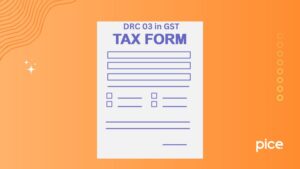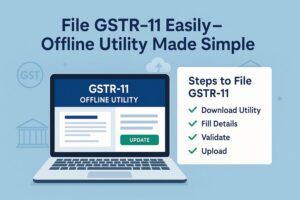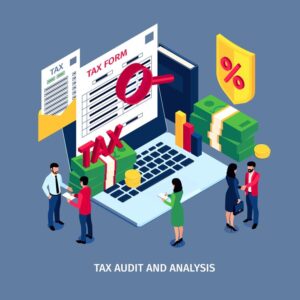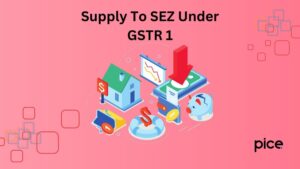Difference Between Composite Supply and Mixed Supply Under GST
- 16 Oct 24
- 10 mins
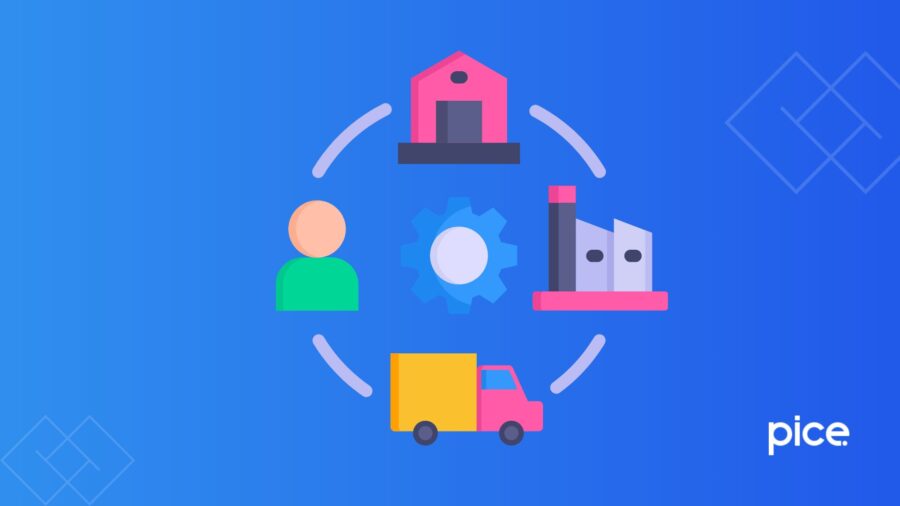
Difference Between Composite Supply and Mixed Supply Under GST
- Supply Under GST
- Understanding the Concept of Supply under GST
- Composite Supply and Mixed Supply Under GST
- Why Is It Important to Know Composite Supply and Mixed Supply Difference?
- Key Difference Between Composite Supply and Mixed Supply
- Time of Supply in Case of Composite Supply
- Time of Supply in Case of Mixed Supplies
- How to Decide Whether a Package Is Under Mixed or Composite Supply?
- Conclusion
Key Takeaways
- Supply under GST unifies multiple taxes for simpler collection on goods and services.
- Composite supply involves bundled items where the GST rate is based on the main product.
- Mixed supply applies the highest GST rate to unrelated items sold together.
- Properly identifying composite vs. mixed supply ensures correct GST rates.
- Time of supply depends on the principal product for composite, or the highest-taxed product for mixed supplies.
During the transaction of goods in a package, the real challenge for sellers lies in determining the taxes to be levied on them. Since the items in the package attract different GST rates individually, it becomes tough for sellers to finalise the right product cost.
To eliminate this confusion, the provisions under the Goods and Services Tax (GST) outlined concepts of composite supply and mixed supply.
This blog highlights the meaning of supply along with the difference between composite supply and mixed supply under GST. Read along to learn in detail.
Supply Under GST
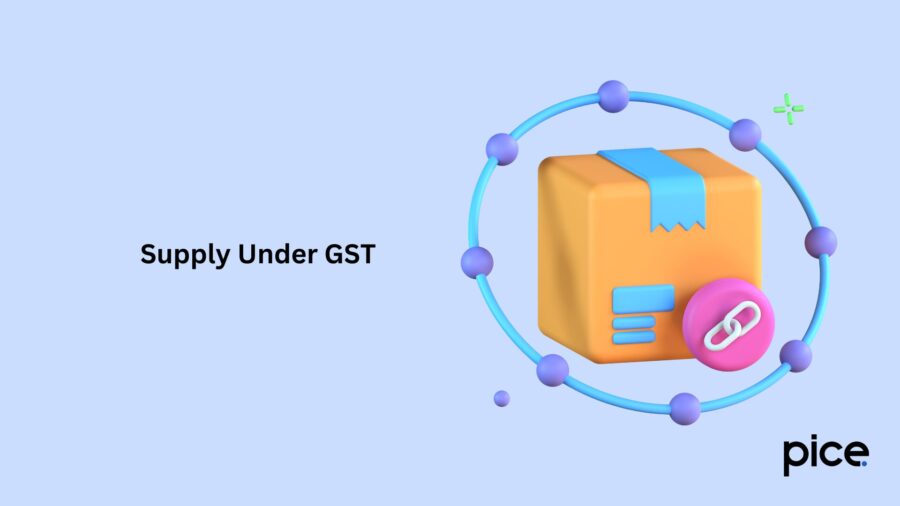
The term “Supply” under GST refers to the establishment that aids in the collection of taxes during the sale and purchase of goods and services. The collection of taxes on taxable supplies is streamlined under GST laws, which have replaced older tax systems such as service tax and VAT.
All the different types of applicable taxes were unified under the comprehensive framework of GST. This government initiative made it simpler for taxable persons to pay taxes and it became easy for tax officers to collect taxes on time. The definition of supplies and different arrangements of goods and services available under GST makes it easier to understand GST laws.
Understanding the Concept of Supply under GST
The different concept of supply helps to clearly understand the concepts of GST and decode the laws available under it. These include:
- Provision of Services: This refers to any exchange in which a certain kind of service a seller delivers in return for cash. It can incorporate leasing land or offering transportation.
- Sale of Goods: Any transfer of goods from one individual to another with or without the involvement of money is termed as the sale of goods.
- Transfer of Business Assets: If a venture transfers a business asset, such as equipment or anything else, to another entity for a price, they identify as a primary supplier. It helps ventures to access funds in times of crisis.
- Exchange or Barter: It involves the transfer of products or services without any exchange of cash between two people. It qualifies as “Supply” under GST.
- Import and Export of Products: “Supply” refers to both importing and exporting products and services to and from India. However, as per the GST provisions, exports of some products do not attract tax, implying that suppliers need not pay any tax on them.
- Deemed Supplies: Supply of commodities that do not involve actual sales can be termed as “Deemed Supply”. This can include the distribution of free samples of a product or the transfer of items within two branches of a company in different locations.
Composite Supply and Mixed Supply Under GST
Usually, there are 2 types of supplies under GST: composite supply and mixed supply. To have a clear understanding of the classification of supply under GST, having a thorough knowledge of mixed supply and composite supply definitions is a must.
Mixed Supply
In this type of supply, two or more products or services are clubbed in a natural bundle and sold at a single price. However, it is not necessary that these two products are in tandem and they can even be sold independently. The highest-priced product in the bundle is the major supply and the other products are termed as incidental supply.
The overall applicable tax rate for the bundle of supplies is equivalent to the GST rate of the primary product. Even the tax rate on that product's shipping is the same as the rate applicable for the predominant product. Let’s take an example to understand the concept of mixed supplies in detail.
Suppose you prepare a hamper of assorted snacks with chips and wafers costing ₹30, ₹40, ₹20 and ₹50. So, if the tax rate applicable for the product costing ₹50 is 12%, the rates of tax for the package of ₹140 will be 12%.
Composite Supply
Composite supply refers to a combination of various products that are available as a package under a bundled supply. In this type of package, there is a principal product, also known as essential supply, which the buyer plans to buy. These primary supplies contain supporting elements known as the ancillary supply or dependent supply that enhance the value of the product.
In the case of composite supplies, the sellers cannot sell the products in the bundle independently. This is so because the buyer aims to buy the primary product and not the supporting elements. Moreover, the GST applicable for the entire bundle is equivalent to the applicable rate of tax for the primary product. This is true even in the case of shipping the supply of products.
For example, when a buyer purchases a gift-wrapped chocolate box, the chocolates are the primary product. The box, wrapper, tapes, message card and gift-wrapping service are the supporting elements that add to the value of the chocolates. Hence, the rate for sale and shipping of the gift-wrapped chocolate box is equivalent to that of chocolates.
Why Is It Important to Know Composite Supply and Mixed Supply Difference?
As stated above, the procedure for the determination of tax rate is different for mixed supply and composite supply. For composite supplies, the tax rate of the principal product is considered for the overall package, whereas, for mixed supplies, the highest tax rate is taken into consideration for the entire bundle.
Therefore, recognizing whether a supply is classified as composite or mixed is crucial for applying GST at the correct rate and ensuring consistent tax treatment across all types of supplies.
Key Difference Between Composite Supply and Mixed Supply
The following are some notable differences between composite supply and mixed supply:
| Parameters | Composite Supply | Mixed Supply |
| Sale of Individual Supplies in a Package | Usually, the products in the bundle are closely related and enhance the value of the primary supplies. Hence, sellers cannot sell them as a single supply. | The sellers can sell the products in the mixed supply package deal independently as each of these products in the package is valuable. |
| Determination of Principal Product | There is only one product that the buyer aims to purchase which is the principal supply. | Usually, the principal product of the supply is the good or service that has the highest cost. |
| Examples | The sale of a brand-new bicycle with a tool kit. | Diwali sweet box containing different types of sweets |
| Identification of GST Rate | The GST rate on composite supply is equivalent to that of the principal product. | The GST rate of the entire supply is equivalent to the product with the highest price. |
Time of Supply in Case of Composite Supply
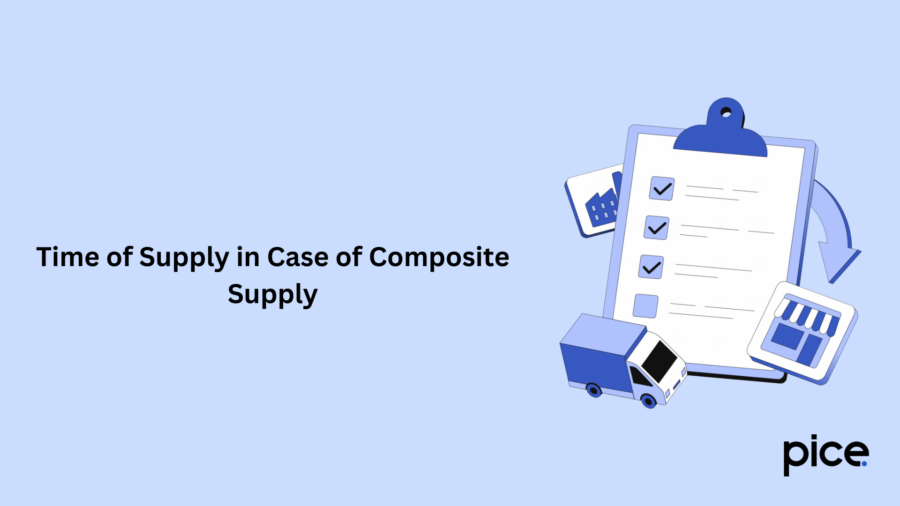
In the case of composite supply, there is only one product in demand and hence it is identified as the principal package. So, the time of supply will be the same as the time of actual supplies. However, if the supply involves services as the principal component, then the timing of the supply of services is regarded as the timing of the composite supply.
Time of Supply in Case of Mixed Supplies
The time of supply of the highest tax rate product or service in the mixed supply bundle is taken as the time of supply for the overall package, irrespective of the component supplies. This implies if the taxes on goods are the highest, the time of supply of the goods is considered. Otherwise, the time of supply of services is taken into consideration for determining the final time of supply for the overall package.
How to Decide Whether a Package Is Under Mixed or Composite Supply?
Identifying the category of supply, that is whether a package is composite or mixed, is essential, to determining the tax rates applicable to it. For appropriate identification, first and foremost you need to rule out the possibility of the package being a composite package. This is so because a package can be mixed supply only when it is not a composite supply.
To do so, check if the products in the package show essential characteristics that are similar to composite products or not. Determine if the packages have only one primary product and the ancillary products in them are in tandem and enhance the primary product. Accordingly, label them as composite supply or mixed supply.
Conclusion
Understanding the meaning and difference between composite supply and mixed supply under GST is essential for labelling the packages and setting a uniform tax rate correctly. Accordingly, they can determine the appropriate cost of the package to keep an adequate profit margin, make it affordable to the customers and cater to their demands.
💡If you want to streamline your payment and make GST payments, consider using the PICE App. Explore the PICE App today and take your business to new heights.
 By
By 






